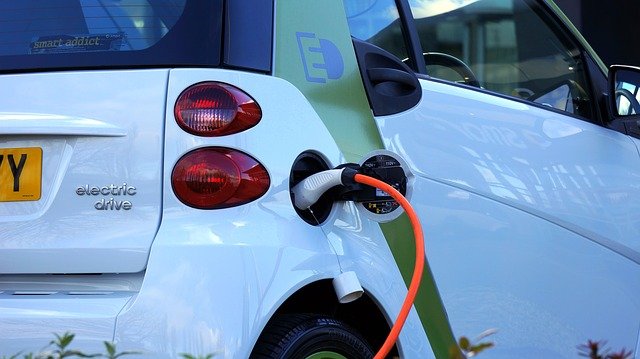European Commission sets out next steps to improve road safety
On 19 June 2019, the European Commission published details as to how it intends to put its Strategic Action Plan on Road Safety into practice. The published ‘Framework’ sets out how the Commission intends to reach the target of a 50% reduction in fatalities and serious injuries by 2030.
Amongst the measures were a list of key safety performance indicators (KPIs), which have been developed in close cooperation with Member States, that will be used to monitor progress towards meeting the target across the EU. It is intended that the list, which includes indicators on vehicle safety, seat belt wearing rate, speed compliance and post-crash care, will be a living document that will be developed further over time. The initial data will be gathered from next year.
The Strategic Action Plan was published, alongside an outline of a road safety policy framework 2021-2030, in May 2018, as part of the Commission’s “third Mobility Package”. The recently published ‘Framework’ joins these elements together, connects them with the relevant KPIs and maps out the way forward. In do so, it also employs the Safe System approach – a comprehensive, system-wide approach to road safety – for the first time systematically at the EU level.
Urgent action on road safety is needed: More than 25,000 people die on European roads every year – a figure that has hardly decreased in recent years. Significant reductions in this figure are needed by 2030 in order to meet the EU’s long-term strategic goal of delivering “Vision Zero”, i.e. no deaths or serious injuries on European roads by 2050.
Source of information – here.










